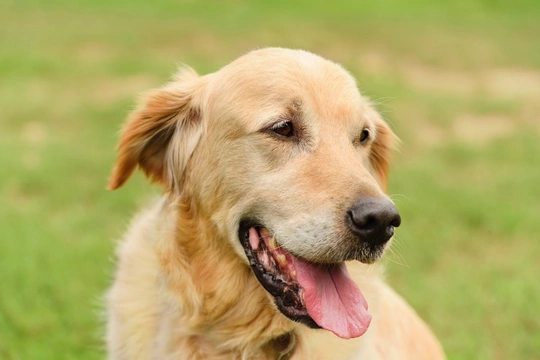
Six subtle symptoms of ill health in the dog that are easy to miss
When it comes to dogs and their health, they are not as good at masking pain and discomfort as cats are, and so the symptoms of a problem or potential problem in the making tend to be easier to spot in dogs than in cats.
However, not every health problem or illness is acute and fast in onset, or accompanied by obvious symptoms and clear signs for the owner that the dog needs to go to the vet! While issues such as vomiting and diarrhoea, limping or physical signs of ill health such as fur loss will be obvious, there are also a whole range of much more subtle symptoms that tend to develop gradually and not cause an immediate and obvious problem and so, are harder to spot.
However, ignoring or failing to recognise these symptoms means that whatever the underlying problem it, it will continue to develop and worsen, reducing the chances of a successful outcome for your dog once treatment has begun.
In this article, we will look at six of the most common and yet subtle symptoms of a potential health problem in the dog, and how you can make sure to notice them in future! Read on to learn more.
1. Loss of condition
The weight of any given dog will tend to fluctuate slightly throughout the year, based on factors such as their energy levels, the weather, what they eat, and their age. Older dogs tend to find it more of a challenge to stay fit, and often, mature dogs will tend to be either slightly underweight or possibly overweight, which is part of the aging process, and may be an indication that it is time to change your dog’s diet to one that is better suited for their current life stage.
However, if your dog loses weight suddenly for no obvious reason or appears to be gradually losing condition when nothing has really changed, this can be indicative of a potential problem, and means that you should arrange for a consult with your vet.
2. Coat changes
Skin conditions, allergies and sensitivities are a fairly common canine problem, particularly in certain high profile breeds such as the Shar Pei and the English Bulldog. But if your dog is not known to be prone to such issues, any changes in the coat should be monitored carefully, as the coat can be one of the most obvious warning signs that something is wrong!
If your dog’s coat is duller than it used to be, feels less smooth or is otherwise not quite right, you should mention this to your vet and see what they recommend.
3. Bad breath
Bad breath in the dog is not a normal state of affairs, although many dog owners believe otherwise! Bad breath is a direct indication that something is wrong in your dog’s mouth, and this could potentially be gum decay, rotting teeth, abscesses or a whole range of other issues. Painful teeth and gums can affect your dog in many ways, and should not be left untreated.
Over time, the build-up of harmful bacteria in the mouth that leads to such problems can also affect the digestive system, and lead to more acute, serious problems with your dog’s general health.
4. A persistent cough
A gentle, soft cough in the dog is something that many dog owners overlook as a potential symptom. A persistent cough that does not clear up on its own may be kennel cough, which is a highly contagious condition that requires veterinary treatment. However, a soft, persistent cough can also mean problems with the heart or lungs, and so should never be ignored.
5. Lethargy
If your dog’s get up and go has got up and gone, there can be a whole range of different reasons for this! Dogs naturally become calmer as they get older, and between the ages of three and five, and again at around seven or eight, you will tend to notice a marked transition in your dog’s energy levels, which is natural and simply part of aging.
However, if your dog seems completely flat, not interested in play or exercise, and generally as if they’re not really with it, this can be a sign of a systemic issue, condition or pain, which your vet will need to investigate.
6. Excessive drinking
Dogs tend to drink fairly frequently throughout the day, and of course, will drink more than usual when exercising or during hot weather. However, if your dog seems to be constantly thirsty, often drinks the whole of their water bowl, or appears to be fascinated with the water bowl and drinking from other sources at every opportunity, this can be a warning sign for a whole range of potential conditions, ranging from kidney failure to Cushing’s disease, as well as various other less-serious things too. More information is provided within this article.
There is no simple equation to tell the dog owner how much their dog should be drinking within healthy norms, but you should soon be able to recognise if your dog suddenly develops an acute thirst, or otherwise seems to be drinking more than usual, and seek advice accordingly.



